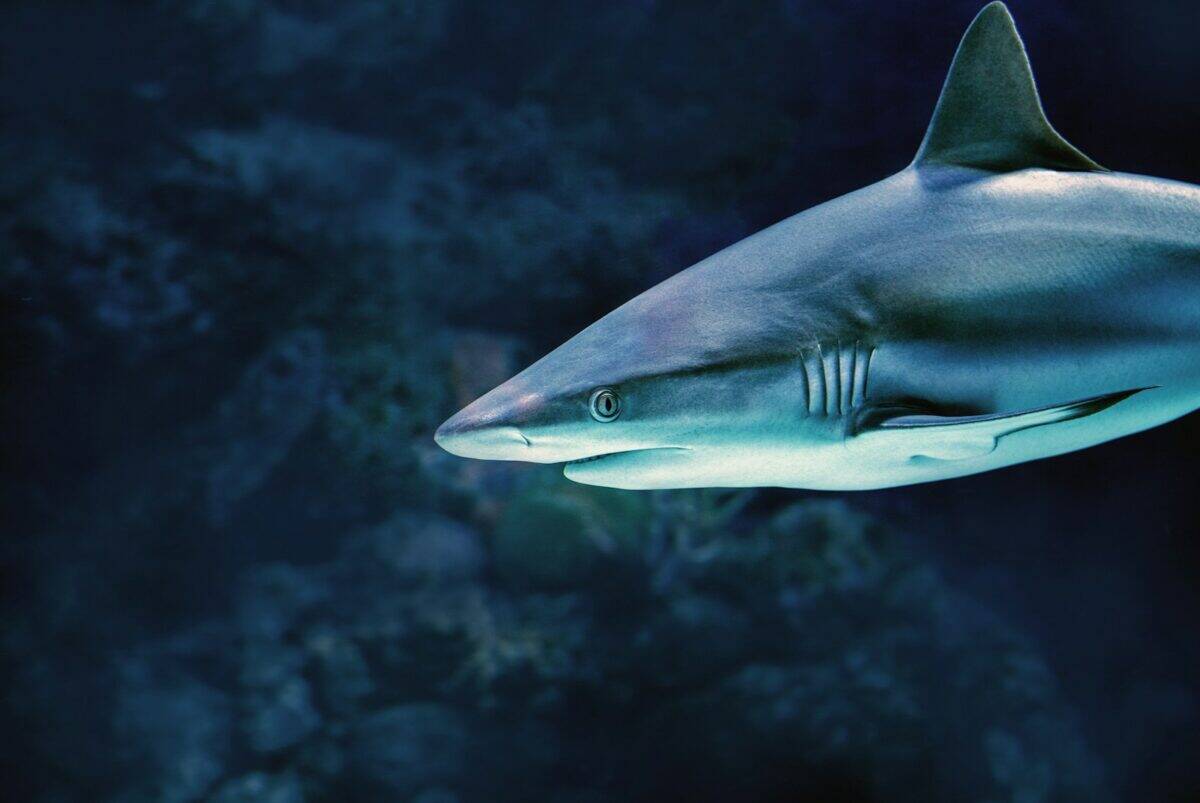Sharks have captured human imagination for centuries, starring in everything from blockbuster movies to nature documentaries. As one of the ocean’s apex predators, these magnificent creatures are often misunderstood, with myth and fact becoming intertwined in popular culture. With over 500 species swimming in our oceans, sharks are far more diverse and complex than many realize. This article dives into 12 genuinely fascinating facts about these ancient mariners of the deep, while also debunking 3 common misconceptions that continue to circulate. By separating fact from fiction, we can develop a greater appreciation for these essential ocean inhabitants and understand why their conservation is critical to marine ecosystem health.
12. Sharks Have Been Around Longer Than Dinosaurs
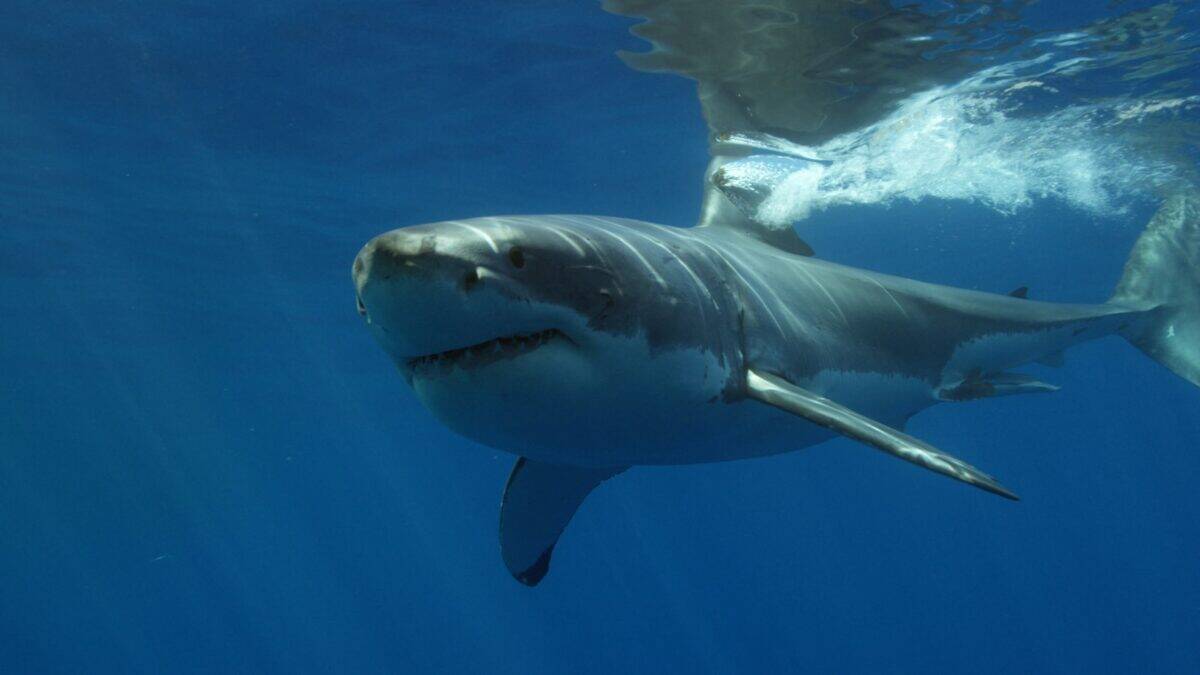
Sharks are among the oldest surviving vertebrate groups on the planet, with a fossil record dating back at least 450 million years. This remarkable timeline means sharks were patrolling the oceans for more than 200 million years before dinosaurs appeared. Through five mass extinction events, including the one that wiped out the dinosaurs 65 million years ago, sharks have demonstrated incredible evolutionary resilience.
This longevity has allowed sharks to evolve into highly specialized predators perfectly adapted to their environments. Their basic body design has been so successful that it has remained largely unchanged for millions of years, though specialization has led to the incredible diversity we see today—from the massive whale shark to the bizarre-looking hammerhead. This ancient lineage makes sharks living fossils that provide scientists with valuable insights into evolutionary biology and adaptation.
11. Sharks Can Detect One Drop of Blood in Olympic-Sized Pools
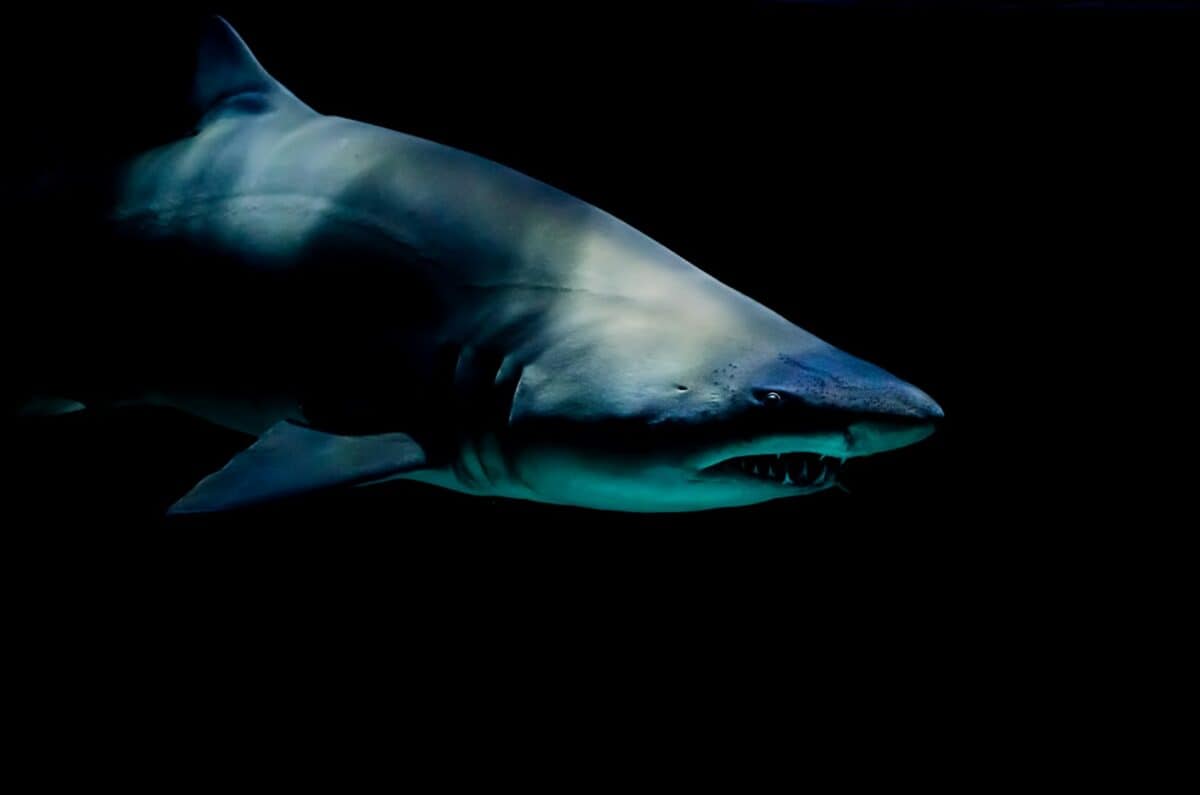
Sharks possess one of the most acute senses of smell in the animal kingdom. Their nostrils, located underneath their snouts, are used exclusively for smelling rather than breathing. Many shark species can detect blood in concentrations as low as one part per million—equivalent to one drop of blood in an Olympic-sized swimming pool containing 660,000 gallons of water.
This extraordinary olfactory ability comes from specialized organs called olfactory lamellae—folded tissue that increases the surface area available for scent detection. Great white sharks have approximately 300 of these lamellae, compared to humans who have only about 30. Additionally, about two-thirds of a shark’s brain is dedicated to its sense of smell, allowing them to not only detect minute traces of blood and other bodily fluids but also determine the direction from which these scents originate, guiding them toward potential prey with remarkable precision.
10. Sharks Continuously Replace Their Teeth
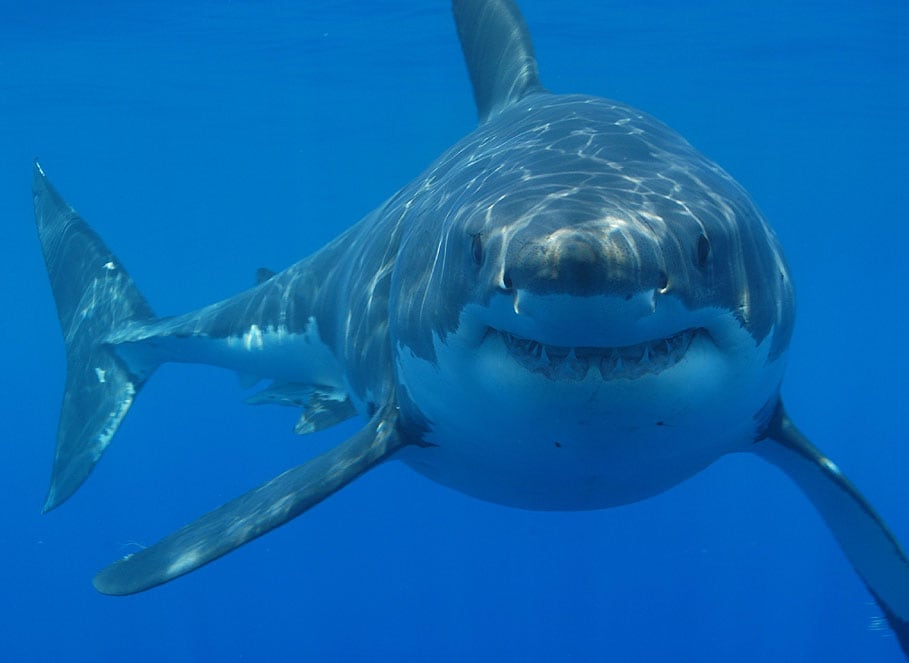
Throughout their lifetime, sharks will lose and replace thousands of teeth in a perpetual cycle that ensures they always have sharp, functional dentition. Unlike humans who get just two sets of teeth, sharks have evolved a conveyor belt-like system where new teeth develop in rows inside the jaw and gradually move forward to replace older ones as they fall out. Depending on the species, a shark may go through 20,000 to 50,000 teeth during its lifetime.
The rate of replacement varies significantly between species. Some sharks, like the bull shark, can replace a single tooth in as little as 24 hours, while others may take several weeks. This continuous replacement is crucial for their survival as teeth frequently break or get stuck in prey during feeding. The shape of these teeth also varies dramatically based on diet—from the serrated, triangular teeth of great whites designed for cutting through flesh and bone, to the flat, mosaic-like teeth of nurse sharks adapted for crushing shellfish and crustaceans.
9. Some Sharks Must Swim Constantly to Breathe
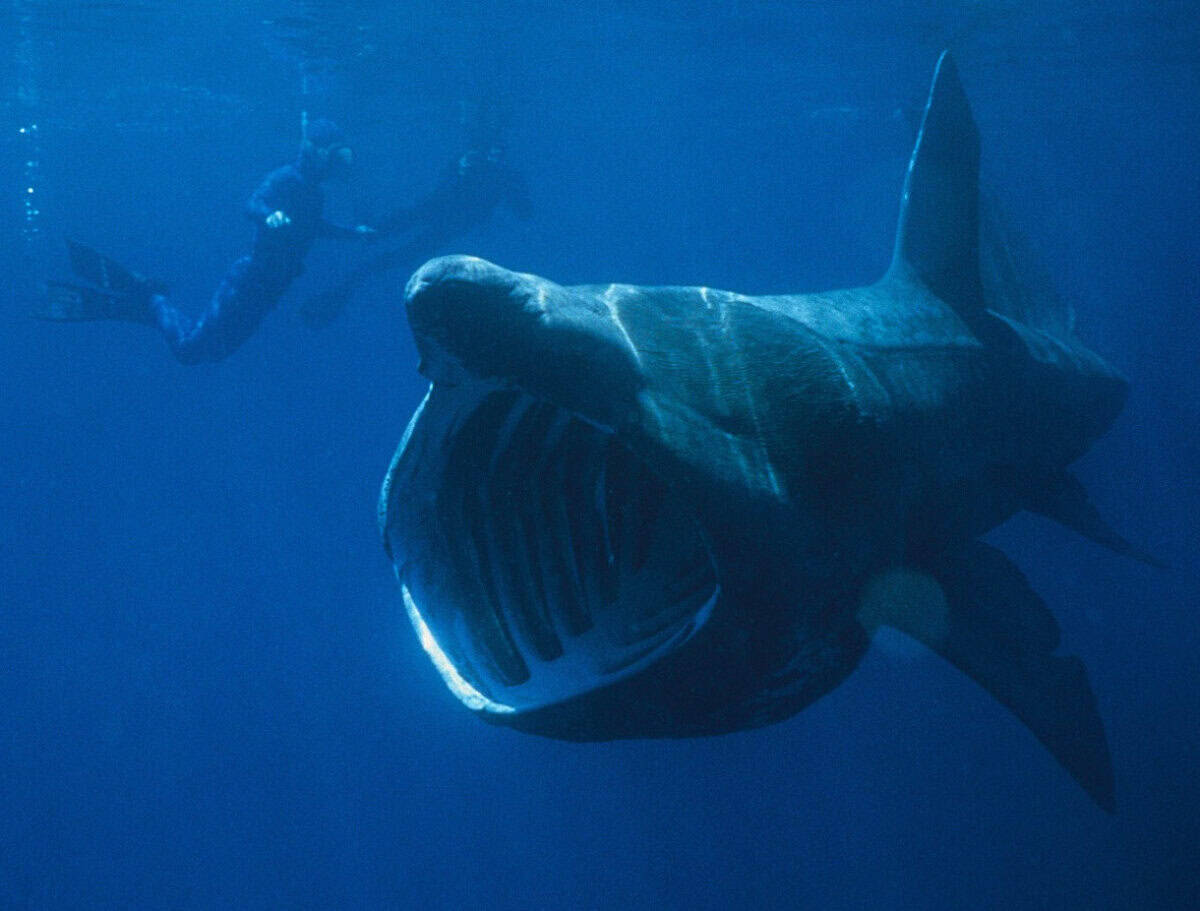
Many shark species, including great whites, makos, and whale sharks, must swim continuously to breathe—a process known as obligate ram ventilation. These sharks lack the muscles needed to pump water over their gills while stationary. Instead, they rely on forward movement to force oxygen-rich water through their open mouths and over their gills, extracting oxygen as the water passes through. If these sharks stop swimming, they risk suffocation.
However, not all sharks share this limitation. Species like nurse sharks, wobbegongs, and angel sharks have evolved specialized muscles that can pump water over their gills even when they’re not moving. These sharks have a small opening behind each eye called a spiracle, which draws in water directly to the gills, allowing them to rest on the ocean floor for extended periods without swimming. This adaptation illustrates the remarkable diversity in how different shark species have evolved to solve the fundamental challenge of breathing underwater.
8. The Largest Shark Is a Gentle Filter Feeder
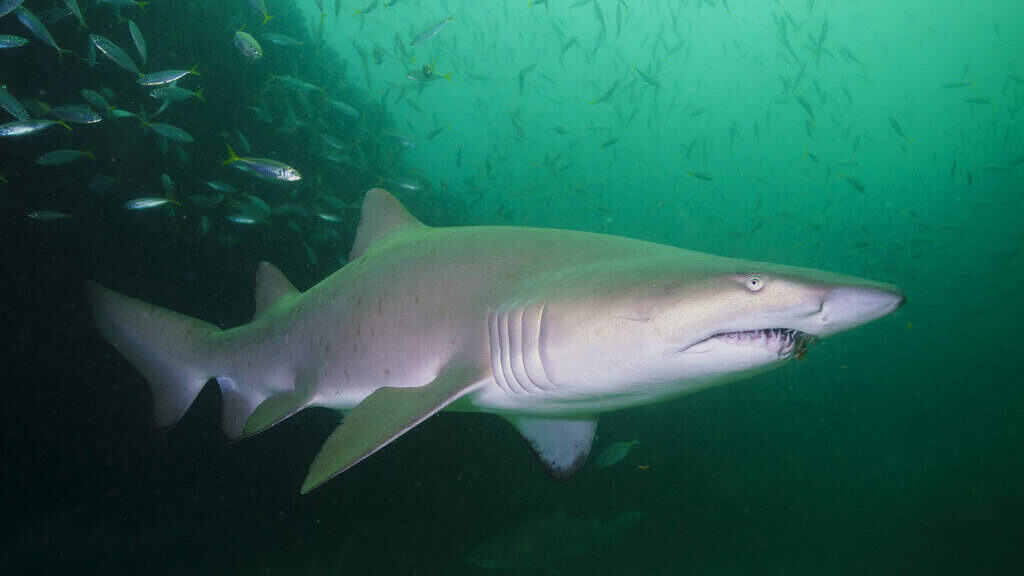
The whale shark (Rhincodon typus) holds the title of largest fish in the ocean, reaching lengths of up to 40 feet and weights exceeding 20 tons. Despite their imposing size, these giants are among the most gentle creatures in the sea. Whale sharks are filter feeders, using their massive mouths—which can be up to 5 feet wide—to strain tiny plankton, krill, fish eggs, and small fish from the water. Their feeding method involves either passive suction or active ram filtration, where they swim forward with their mouths open to capture prey.
What makes whale sharks even more remarkable is their unique appearance. Each whale shark has a distinctive pattern of spots and stripes on its back, similar to a human fingerprint. Scientists use these patterns to identify and track individual sharks, creating a global database that helps monitor populations and migration patterns. Despite their size and importance to marine ecosystems, whale sharks are classified as endangered, primarily due to fishing practices, vessel strikes, and habitat degradation, making conservation efforts increasingly critical for their survival.
7. Female Sharks Can Reproduce Without Males
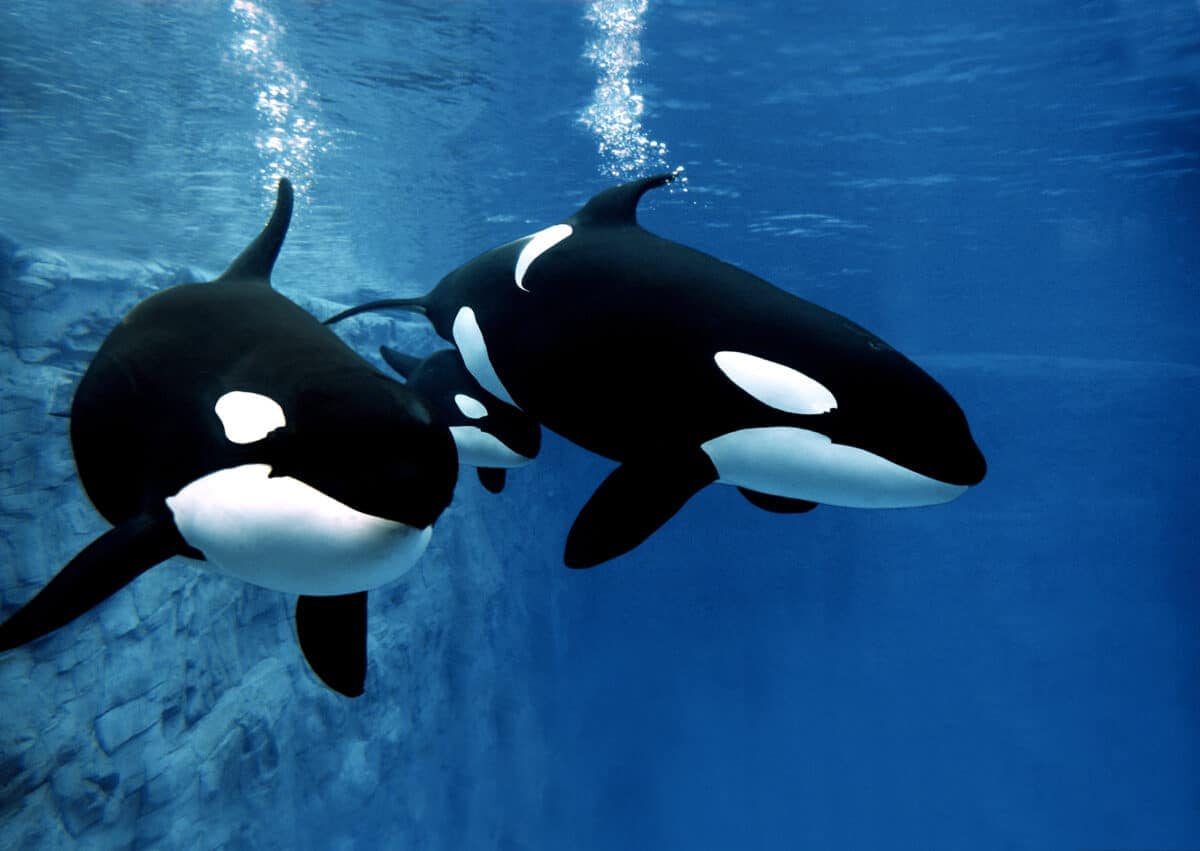
Some female sharks possess the remarkable ability to reproduce asexually through a process called parthenogenesis—essentially, virgin birth. This phenomenon was first documented in captive female sharks in 2001 when a hammerhead shark gave birth despite having no contact with males for at least three years. Since then, parthenogenesis has been observed in several shark species, including blacktip, zebra, and bamboo sharks.
During parthenogenesis, the female’s egg cell develops into an embryo without being fertilized by sperm. Instead, the egg doubles its genetic material or fuses with another cell to create the necessary chromosomes for development. While this reproductive strategy ensures species continuation when males are scarce, it comes at a cost—offspring born through parthenogenesis have reduced genetic diversity, making them potentially more vulnerable to diseases and environmental changes. Scientists believe this adaptation may serve as a “last resort” reproductive strategy in the wild when population densities are low or males are absent, highlighting sharks’ evolutionary resilience.
6. Sharks Have Specialized Electroreceptors

Sharks possess an extraordinary sensory system called the ampullae of Lorenzini—specialized electroreceptors that appear as small pores around their snouts. These remarkable organs allow sharks to detect the faint electrical fields generated by all living creatures, including the heartbeats of potential prey hiding beneath the sand or in murky waters. The sensitivity of this system is astounding—some sharks can detect voltage gradients as small as one-billionth of a volt, making it one of the most acute senses in the animal kingdom.
This electroreception also serves as a navigational tool, enabling sharks to orient themselves using Earth’s magnetic field during long migrations. Research suggests that sharks may use this ability to create mental maps of the ocean, helping them return to specific feeding grounds or breeding areas with remarkable precision. The ampullae of Lorenzini also explain why sharks sometimes bite metallic objects like underwater cables or boat propellers—these items generate electrical fields that can mimic the bioelectric signals of prey, triggering the shark’s feeding response in a case of sensory confusion.
5. Sharks Can Live in Surprisingly Diverse Habitats

While most people associate sharks exclusively with warm, tropical waters, these adaptable creatures have colonized virtually every marine environment on Earth. From the frigid waters of the Arctic where Greenland sharks thrive in temperatures just above freezing, to the crushing depths of the ocean where sixgill sharks have been found at depths exceeding 8,200 feet, sharks display remarkable habitat versatility. Some species, like bull sharks, can even move between salt and freshwater environments, swimming up rivers and occasionally inhabiting lakes.
This habitat diversity is matched by incredible adaptations that allow sharks to survive in extreme conditions. The Greenland shark, for example, has evolved specialized blood chemistry that acts as a natural antifreeze, while deep-sea species often have enlarged eyes to capture whatever light penetrates the darkness. Perhaps most surprising are the epaulette sharks of Australia, which can survive out of water for up to an hour as they use their fins to “walk” between tide pools when hunting for stranded prey. These varied adaptations showcase sharks’ evolutionary success across dramatically different marine environments.
4. Shark Skin Has Inspired Human Technology

Shark skin has a texture unlike any other animal, covered in tiny tooth-like structures called dermal denticles rather than typical fish scales. These microscopic denticles point backward and create a surface that reduces drag and turbulence as water flows over the shark, allowing for greater speed and energy efficiency while swimming. This natural design has inspired significant technological innovations, particularly in the field of biomimicry—the practice of emulating nature’s designs to solve human problems.
Engineers have created “sharkskin” fabrics and surfaces that mimic these properties for various applications. High-performance swimsuits designed with shark-inspired textures have helped Olympic swimmers break world records (though they were later banned from competition for providing too much advantage). Aircraft manufacturers use sharkskin-inspired riblet patterns on airplane surfaces to reduce drag and improve fuel efficiency. Perhaps most promising are medical applications, where sharkskin-inspired surfaces in hospitals can prevent bacterial growth and biofilm formation—bacteria struggle to attach to the microscopic pattern of ridges and valleys, potentially reducing hospital-acquired infections without relying on traditional antibiotics.
3. Sharks Play Crucial Roles in Marine Ecosystems
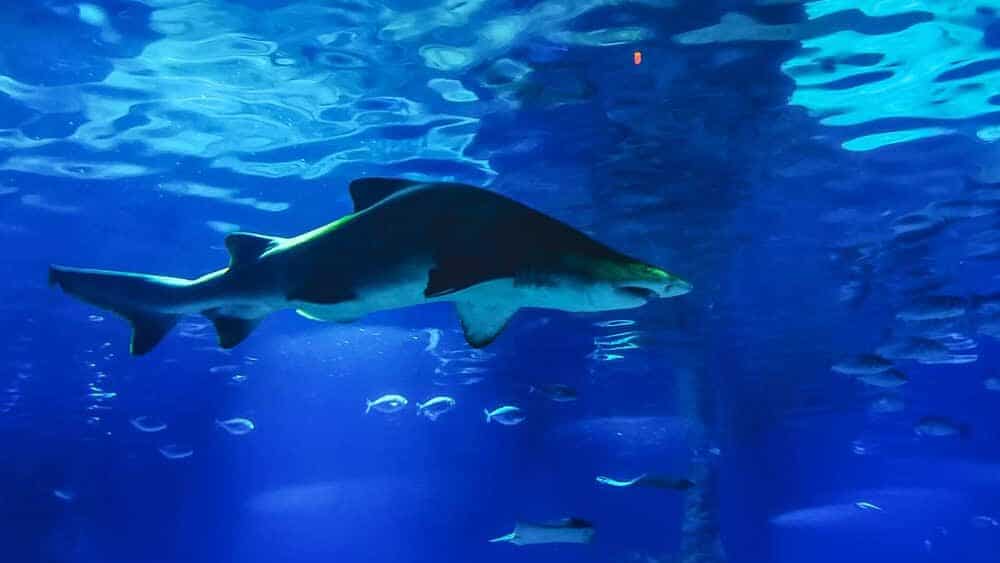
As apex predators in many marine ecosystems, sharks play an irreplaceable role in maintaining the health and balance of ocean food webs. By targeting sick, injured, or weak prey, they help strengthen prey populations by removing less fit individuals. This selective predation prevents any single species from dominating the ecosystem, thereby promoting greater biodiversity. Studies of reef systems where sharks have been removed show dramatic declines in overall reef health and fish diversity, demonstrating their importance as keystone species.
Beyond direct predation, sharks create what ecologists call a “landscape of fear”—their mere presence influences the behavior and distribution of prey species throughout the ecosystem. This phenomenon, known as a trophic cascade, ripples through the entire food web. For example, when tiger sharks frequent seagrass meadows, they keep herbivores like dugongs and sea turtles moving rather than overgrazing any single area. This promotes healthier seagrass beds, which serve as crucial carbon sinks and nurseries for countless marine species. As shark populations decline globally due to overfishing and habitat destruction, these delicate ecological balances are being disrupted, with potentially catastrophic consequences for marine ecosystems.
2. Sharks Have Remarkable Healing Abilities

Sharks possess exceptional healing capabilities that have fascinated scientists for decades. They can recover from severe wounds, including massive bite injuries, with minimal scarring and very low rates of infection. This remarkable healing ability stems from several specialized adaptations in their immune system. Shark blood contains compounds with powerful antibacterial properties that help prevent infection in open wounds—a crucial adaptation for animals that frequently sustain injuries during hunting or mating.
The medical potential of shark healing has sparked extensive research. Scientists have identified squalamine, a compound found in shark livers, which shows promise as an antiviral and antibacterial agent for human medicine. Another compound, squalene, is being studied for its potential immune-boosting properties. Perhaps most intriguing is the ongoing research into shark cartilage, which contains proteins that inhibit angiogenesis—the formation of new blood vessels that allow tumors to grow. While much of this research remains preliminary, understanding the mechanisms behind sharks’ extraordinary healing abilities could potentially lead to breakthroughs in human wound treatment, infection control, and even cancer therapy.
1. Some Sharks Can Glow in the Dark

In the mysterious depths of the ocean, several shark species possess the remarkable ability to produce their own light through a process called bioluminescence. The kitefin shark, reaching lengths of up to six feet, is the largest known vertebrate capable of producing light, with specialized cells in its skin that create a ghostly blue-green glow. Other bioluminescent species include the dwarf lanternshark—the smallest known shark species at just 8 inches long—and various deep-sea dogfish sharks.
This biological light production serves multiple purposes in the deep ocean environment. For some species, it provides counterillumination—a form of camouflage where the shark’s belly glows to match the faint sunlight filtering down from above, making them less visible to predators looking up from below. For others, bioluminescence may attract prey or potential mates in the darkness of the deep sea. Some sharks even use their glowing patterns to communicate with others of their species or to confuse predators. This adaptation illustrates how sharks have evolved specialized solutions to the challenges of living in one of Earth’s most extreme environments—the lightless depths of the ocean.
MYTH 3: Sharks Attack Humans Because They Mistake Them for Seals

One of the most persistent myths about shark attacks is that they occur because sharks mistake swimmers or surfers for seals. This misconception gained popularity after the release of “Jaws” and has been perpetuated by sensationalist media coverage. While this explanation might seem logical given that surfers on boards might resemble seal silhouettes from below, scientific research tells a different story. Sharks have sophisticated sensory systems and can generally distinguish between humans and their natural prey.
Most shark encounters with humans are investigatory in nature—sharks are curious animals exploring unfamiliar objects in their environment. This explains why many shark bites are single “hit-and-run” incidents rather than the repeated, predatory attacks we would expect if sharks were truly hunting humans as prey. When sharks do bite humans, they typically release them rather than consuming them, indicating they recognize humans are not their preferred food source. While mistaken identity might play a role in some incidents, particularly in murky water, research suggests that most shark-human interactions are driven by curiosity rather than predation, making the seal-mistake theory an oversimplification of complex shark behavior.
MYTH 2: Sharks Must Flip Upside Down to Attack

A common misconception is that sharks must roll onto their backs to bite, stemming from observations of sharks seemingly turning over just before attacking prey. This myth has been perpetuated in part by wildlife documentaries showing great whites rolling their eyes backward for protection during bites. However, sharks absolutely do not need to flip upside down to attack or feed—they are perfectly capable of biting in their normal swimming position.
What people might be observing is a behavior called the “palatoquadrate protrusion,” where some shark species thrust their upper jaw forward when biting, which can sometimes be accompanied by a slight head rotation for better positioning. Additionally, when sharks are in a feeding frenzy or taking exploratory bites of large prey, they may maneuver their bodies in various ways to get the best angle for their bite, which might include rolling motions. These normal feeding behaviors have been misinterpreted as a requirement rather than a tactical choice. Sharks are highly efficient predators that have evolved flexible hunting strategies—no mandatory flipping required.
MYTH 1: All Sharks Are Dangerous to Humans
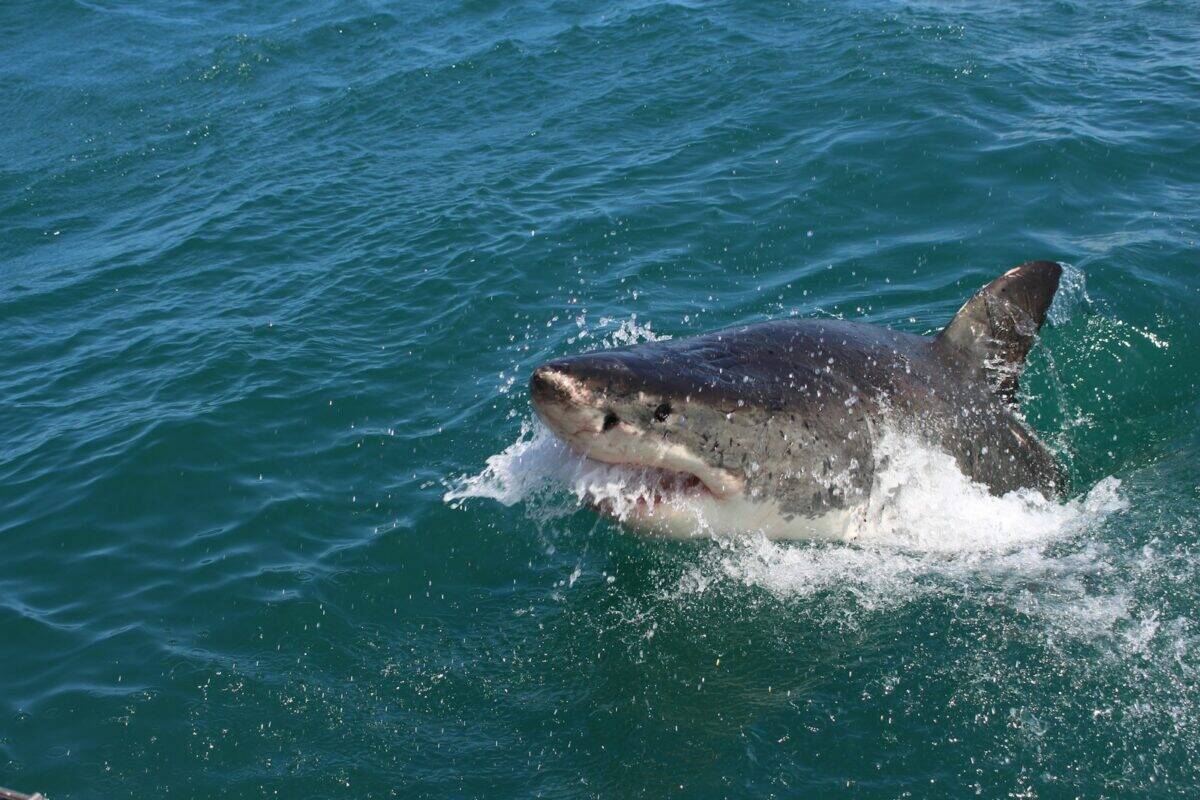
Perhaps the most damaging myth about sharks is that they are all mindless, man-eating monsters patrolling the oceans in search of human prey. In reality, of the more than 500 known shark species, only about a dozen have ever been involved in unprovoked attacks on humans. The vast majority of sharks are completely harmless to people, with many species being too small, too deep-dwelling, or simply uninterested in humans as potential food sources. Species like whale sharks, basking sharks, and megamouth sharks are among the ocean’s largest fish but feed exclusively on tiny plankton and pose zero threat to swimmers.
Conclusion: Sharks Deserve Respect, Not Fear
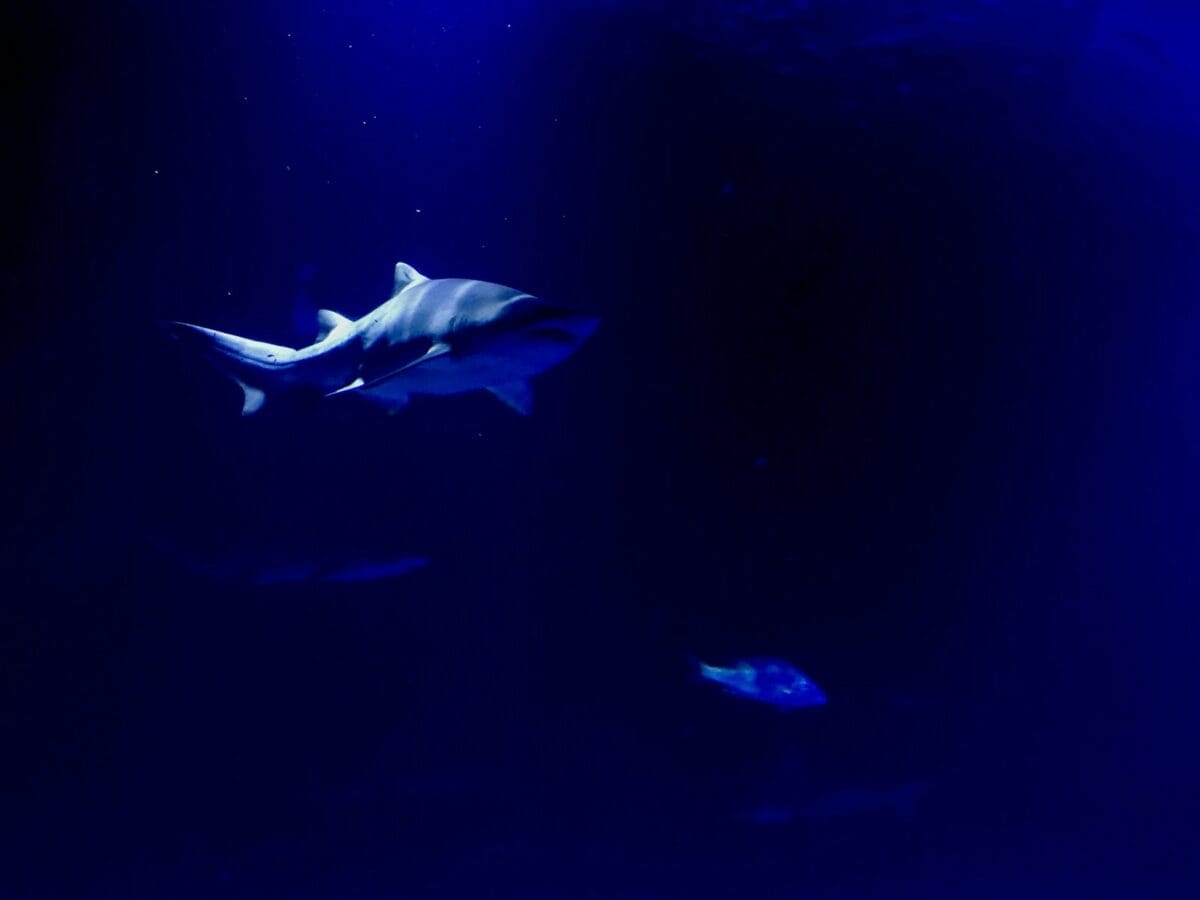
Sharks are among the most fascinating and misunderstood animals on Earth. As we’ve seen, they possess an incredible range of adaptations—from electroreception and bioluminescence to asexual reproduction and regenerative abilities. Far from being the villains portrayed in popular media, sharks are complex creatures that play vital roles in the health and balance of marine ecosystems.
Unfortunately, misinformation and fear-driven narratives have fueled decades of misunderstanding, leading to harmful practices like shark finning, overfishing, and habitat destruction. By learning the truth about sharks—their biology, behavior, and ecological importance—we can begin to shift public perception and advocate for better conservation measures.
Protecting sharks isn’t just about saving a single species group; it’s about preserving the delicate web of life that keeps our oceans thriving. The more we understand and respect sharks for what they are, the better equipped we’ll be to protect the oceans they call home—and that we ultimately depend on, too.
- 12 Fascinating Shark Facts And 3 That Are Totally Wrong - August 21, 2025
- 11 Animals That Can Clone Themselves - August 21, 2025
- 15 Cat Breeds Vets Secretly Wish You’d Stop Buying - August 21, 2025

